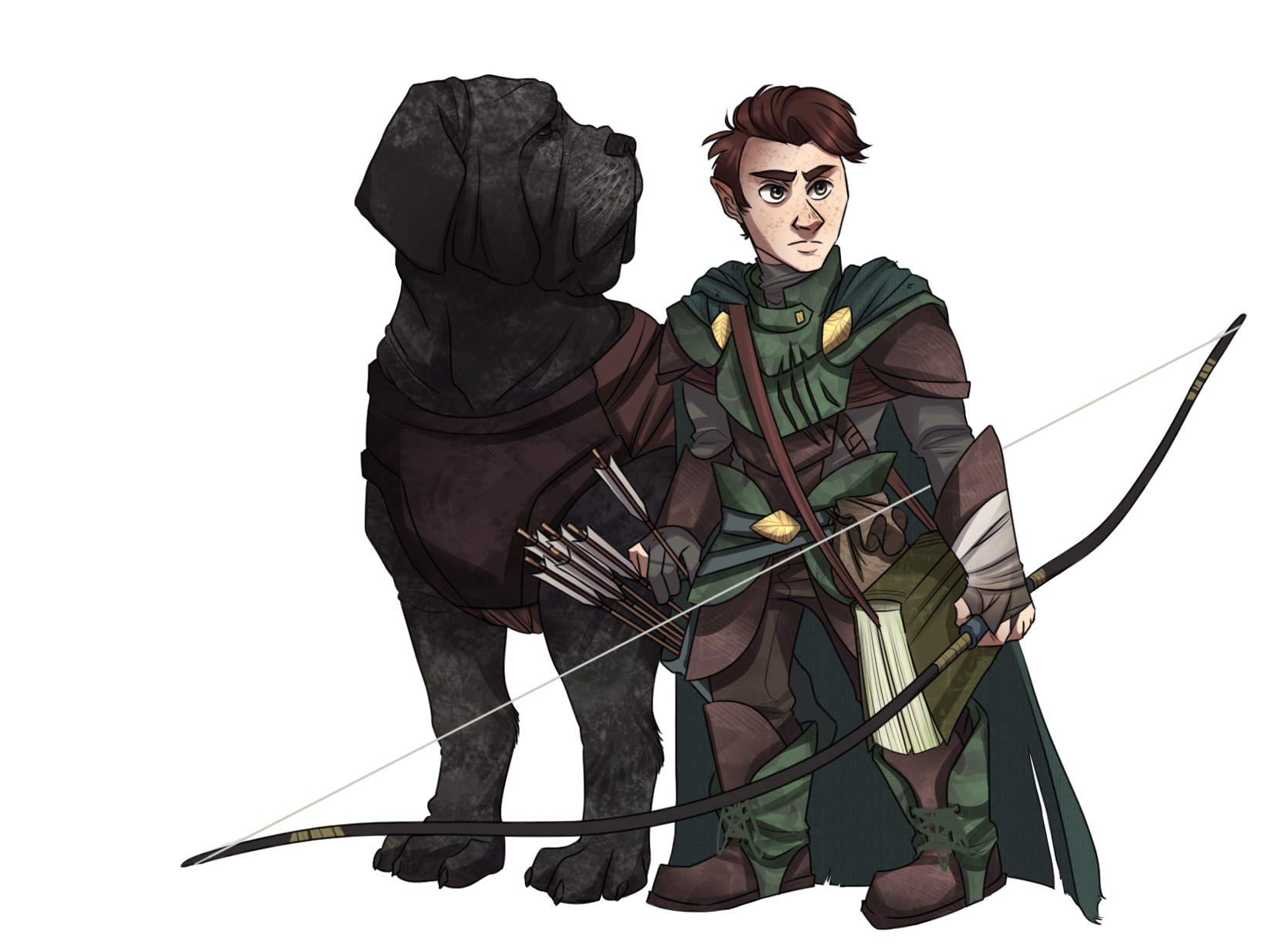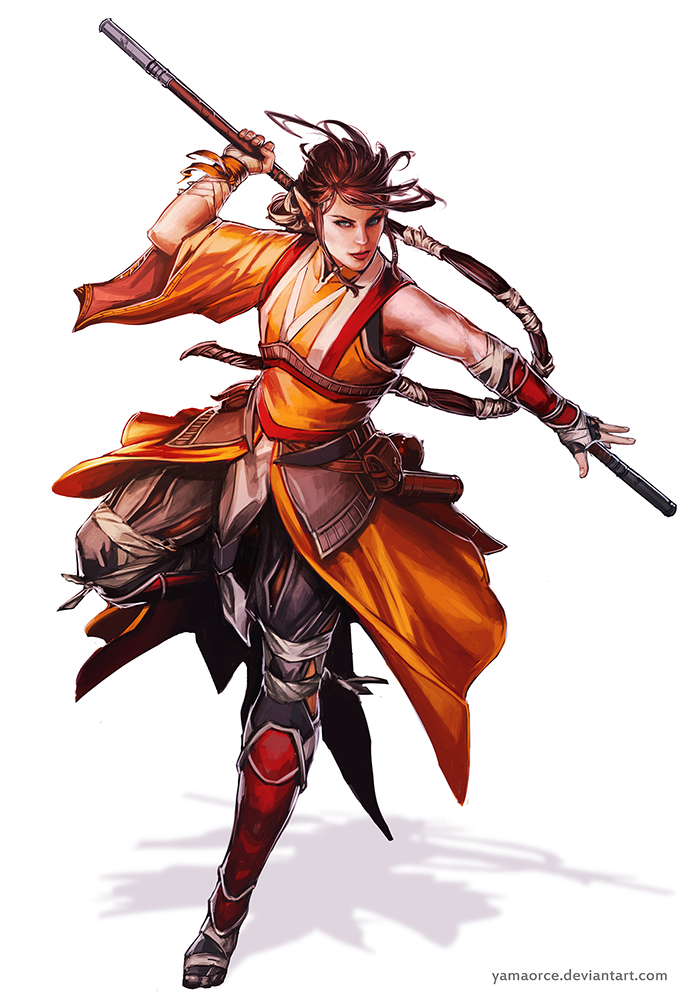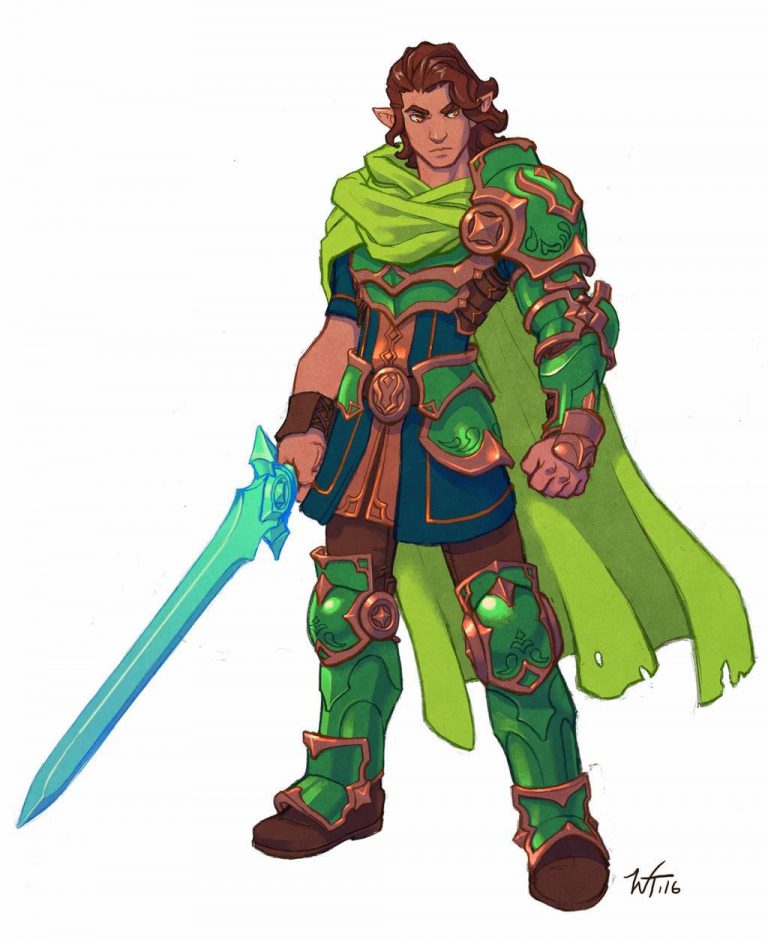D&D 5E: Halfling Ranger Guide

D&D 5E: Halfling Ranger Guide
An arrow whistles out of the undergrowth, catching a goblin in the throat. The second goblin shrieks in panic and runs, but barely can make it two steps before a wolf erupts out of the same bush and brings him down.
The Ranger has been a staple class in D&D since 1st Edition, and the basics of the class haven’t changed much. They’re still a mobile and flexible class with decent damage, nature skills, and the option to focus on multiple fighting styles.
The Halfling race can be found in the Player’s Handbook. Click here to pick up your own copy of The Player’s Handbook!
The Ranger class can be found in the Player’s Handbook OR an updated version can be found in Tasha’s Cauldron of Everything. Click here to pick up your own copy of the Player’s Handbook OR click here to pick up your own copy of Tasha’s Cauldron of Everything!
How to make a Halfling Ranger
Halflings are perfectly suited to the Ranger class. Looking at the Halfling subraces, every single one makes a good Ranger, because of the racial bonus of +2 to DEX.
Stat Priority
Start with DEX as high as possible, as it’s your main attacking stat, and it’s also useful for skills and saves.
You’re also going to want to put points into CON for HP, and WIS for spellcasting, as well as Ranger skills like survival and animal handling.
Gearing
Depending on how you’re building your ranger, you might want slightly different gear, but the basic loadout of every Ranger will be similar early on.
You’re going to want:
- Light or medium armor
- A ranged weapon, normally a longbow
- One or two finesse melee weapons, depending on your fighting style,

How to play a Halfling Ranger
Rangers are a primary damage class, and depending on how they’re built, can be a front-line scrapper or a cold, calculating sniper.
Your role is going to be locating enemies, tracking them down and spotting hidden ambushes, then deal consistent damage every turn once you corner your prey. Your D10 hit dice and proficiency in everything except the heaviest armor also make the Ranger decently tough.
The principal decision you have to make when you’re building a Ranger is whether you’re going to focus on melee or ranged combat.
Just because you choose one doesn’t lock you out of the other. You’ll still have the proficiencies to use any weapon you want, but as you level, you’ll choose spells and abilities that boost your chosen fighting style, and specialization will make your chosen style much stronger.
Important: The basic Ranger from the Player’s Handbook is widely regarded as the weakest base class in the game, especially the Beast Master subclass.
There are currently 2 updated options for the Ranger. Wizards of the Coast published a Revised Ranger in Unearthed Arcana, and Tasha’s Cauldron of Everything offers variant options that can be slotted into your class to replace existing abilities.
There are a few decisions that are going to dictate the character. At level 2, you have the option to choose a fighting style, with choices that cover every option except two-handed weapons.
Rangers are also spellcasters, with half-casting, and a spell list that’s heavy on the buffs and utility spells.
One of the most important is Hunter’s Mark, which lets you mark an enemy and deal extra damage every time you hit them, as well as make it easier to track them down if you’re looking for tracks.
At later levels, you gain the extra attack feature at level 5, move faster than other characters, and get a lot of out of combat utility/stealth options.

Subclasses:
The ranger has 7 published subclasses, called Conclaves:
- Beast Master: You fight with a trained animal companion at your side. Unfortunately, the Beast Master suffers from bad rules and a companion that’s easy to kill, making it a liability in a lot of campaigns.
- Fey Wanderer: Add extra damage to attacks, gain mind-affecting spells, and the ability to use your WIS for social skills.
- Gloom Stalker: Become a ninja. Move faster, hit harder, see in the dark, and hide from creatures that can do the same.
- Horizon Walker: Detect planar and elemental creatures, learn how to fight them, and add non-resistible damage to your attacks.
- Hunter: Focus on fighting particular targets, whether that’s single big monsters or hordes of smaller ones.
- Monster Slayer: Learn more about your foe. Track them easier, shrug off their assaults, and understand the best way to kill them.
- Swarmkeeper: Fight alongside a swarm of bugs, faeries, or something stranger to flit around the battlefield, move your enemies, and mimic Wizard spells.
How to roleplay a Halfling Ranger
The main thing to remember when roleplaying a Ranger is that they’re at home in nature. Whether this means that you’re an ex-soldier, who learned his craft on the job, you come from a small village, or you’re an outlander who lives off the land, you need to know how your character honed their craft.
- How did they learn to live off the land?
- Why are they specialized in hunting and killing certain monsters? Maybe they have previous history with them or a traumatic event in their past?
- How your choice of favored enemies and lands affects your gear and personality. A ranger hailing from a village on the side of a frozen mountain will be completely different compared to one who comes from the desert.








